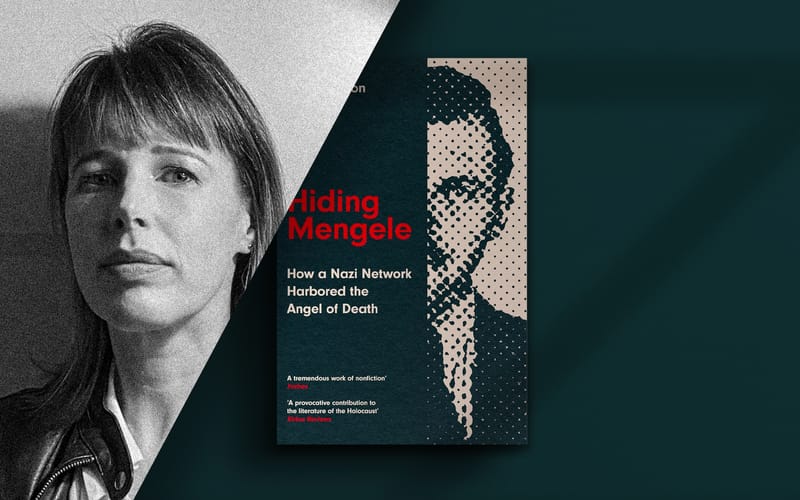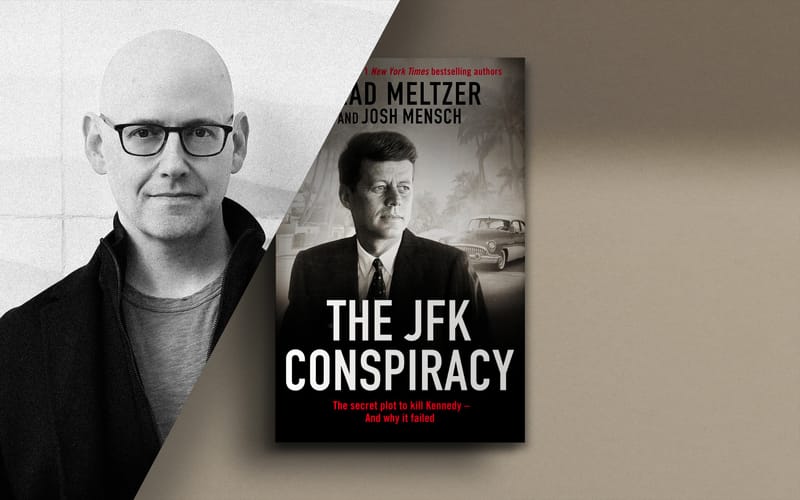To Besiege a City with Prit Buttar
Prit Buttar on the Nazi siege of Leningrad
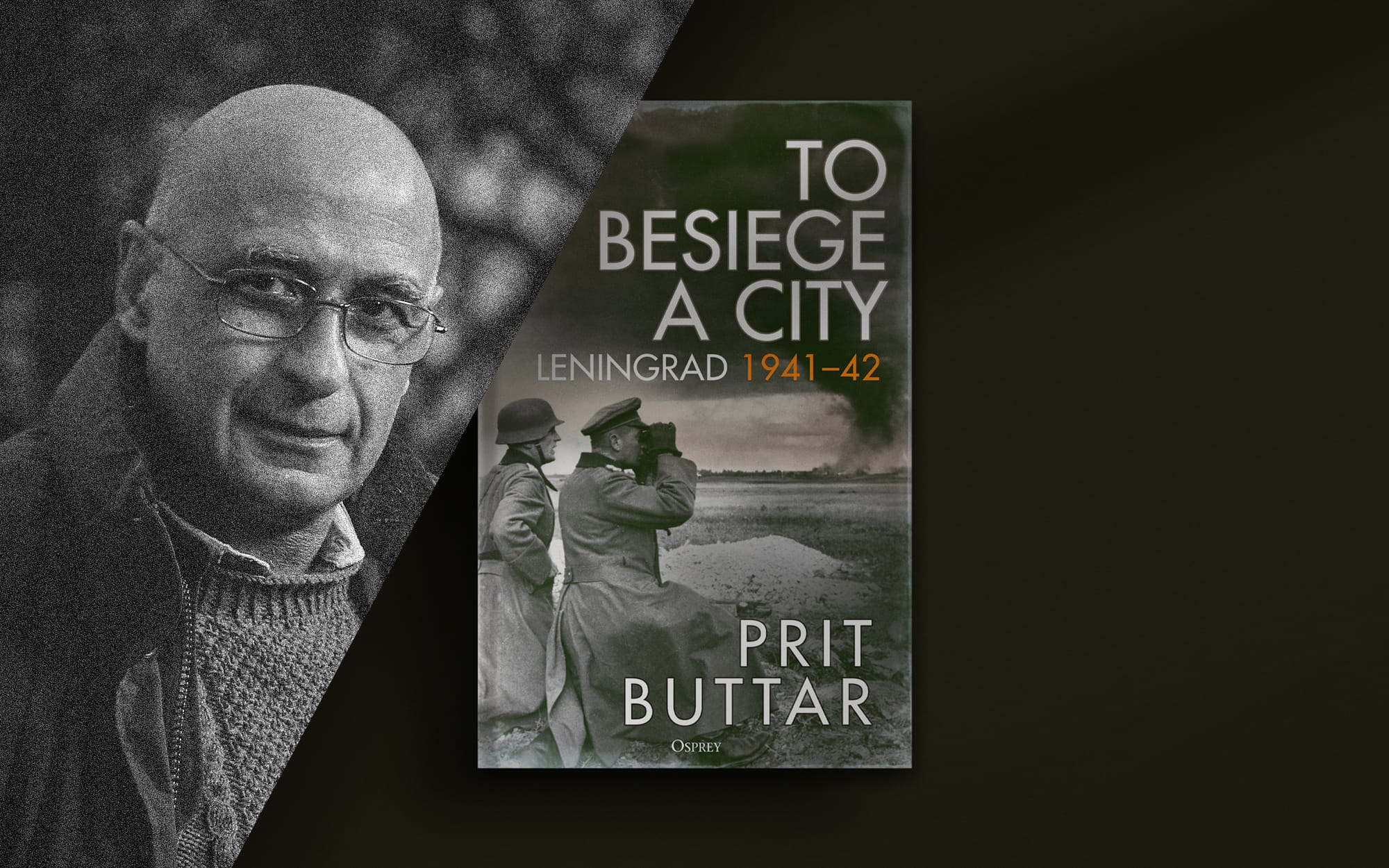
After the lightning launch of Operation Barbarossa in June 1941 the German forces made swift territorial advances to the east. On their northern flank, by the end of the summer, they were approaching the city of Leningrad. The place known to us today as Saint Petersburg had long been considered uniquely special by the Russians. But by September 1941 it was fully encircled and its surrender seemed inevitable.
Prit Buttar, author of a new book on the horrifying siege that followed, tells us more.
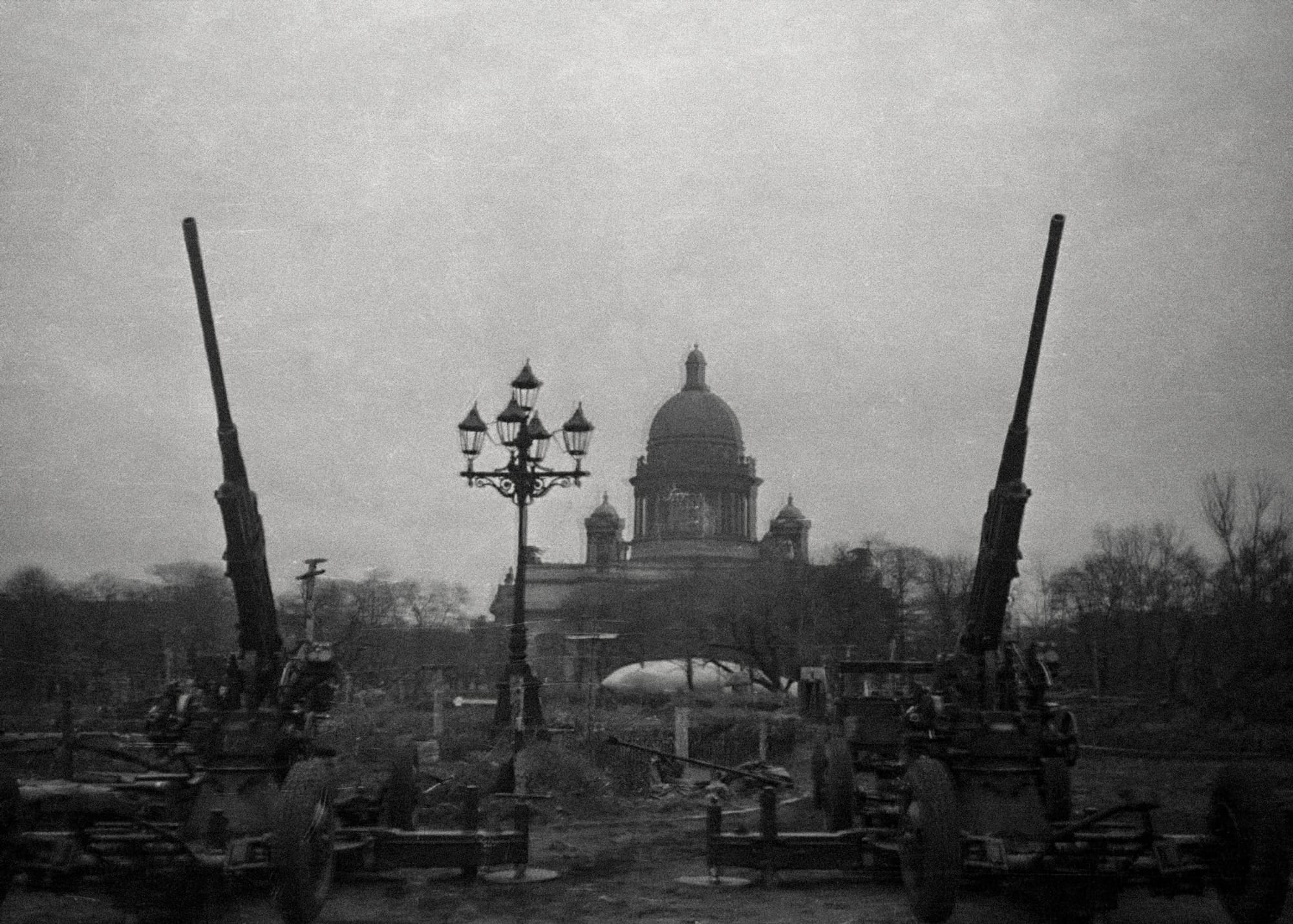

Unseen Histories
Can you tell us in simple terms about the Siege of Leningrad during the Second World War?
Prit Buttar
The land link between Leningrad and the rest of the Soviet Union was cut in September 1941, effectively placing the city under siege. Starvation of a besieged city is a tactic used throughout history, but usually to force the city to surrender. In the case of Leningrad, the intention of the Germans was to starve the city to death, to destroy the urban population. Orders were issued in late 1941 that if Leningrad attempted to surrender, this was to be rejected. By the narrowest of margins, the city survived a terrible winter of hunger and bitter cold in 1941-42, but remained isolated until early 1943 when the siege ring was broken. It took a further year to drive the Germans back from the outskirts. More Soviet citizens, military and civilian, died in and around Leningrad in 1941-44 than British Empire war dead from both World Wars combined.

Unseen Histories
Most of your previous books have concentrated on the Eastern Front. Have you always had an ambition to write about this particular history?
Prit Buttar
Leningrad or St Petersburg has always fascinated me as a unique place. From the time that I first started writing, I knew that I would eventually write about the siege.

Unseen Histories
How close in your judgment did the Nazis come to completing their conquest of the city?
Prit Buttar
Tens of thousands of Leningraders starved to death in the first winter of the siege. If the Germans had succeeded in cutting supply lines across Lake Ladoga, there can be no doubt that the city would have died. Even with the ‘Road of Life’ across the frozen lake providing precious supplies, the conditions in Leningrad were terrible, made worse by a severe winter. But after the end of that winter, the crisis had passed.

Unseen Histories
Leningrad (or St Petersburg today) is no ordinary city. It has a complex identity and it widely considered by Russians to be a remarkable place. Did you find this too?
Prit Buttar
Absolutely. It was built to give Russia a ‘window on the west’ and throughout its history, it has had a far more western ‘feel’ than other Russian cities. There has always been a special two-way relationship between the city and its intelligentsia, with the work of writers, composers and others being influenced by – and influencing – the city around them. In the years after the revolutions of 1917, it suffered repeated winter famines and then attracted the suspicions of Stalin during the era of his purges and in some respects these ordeals shaped it and tempered it for the still greater ordeal of the siege.
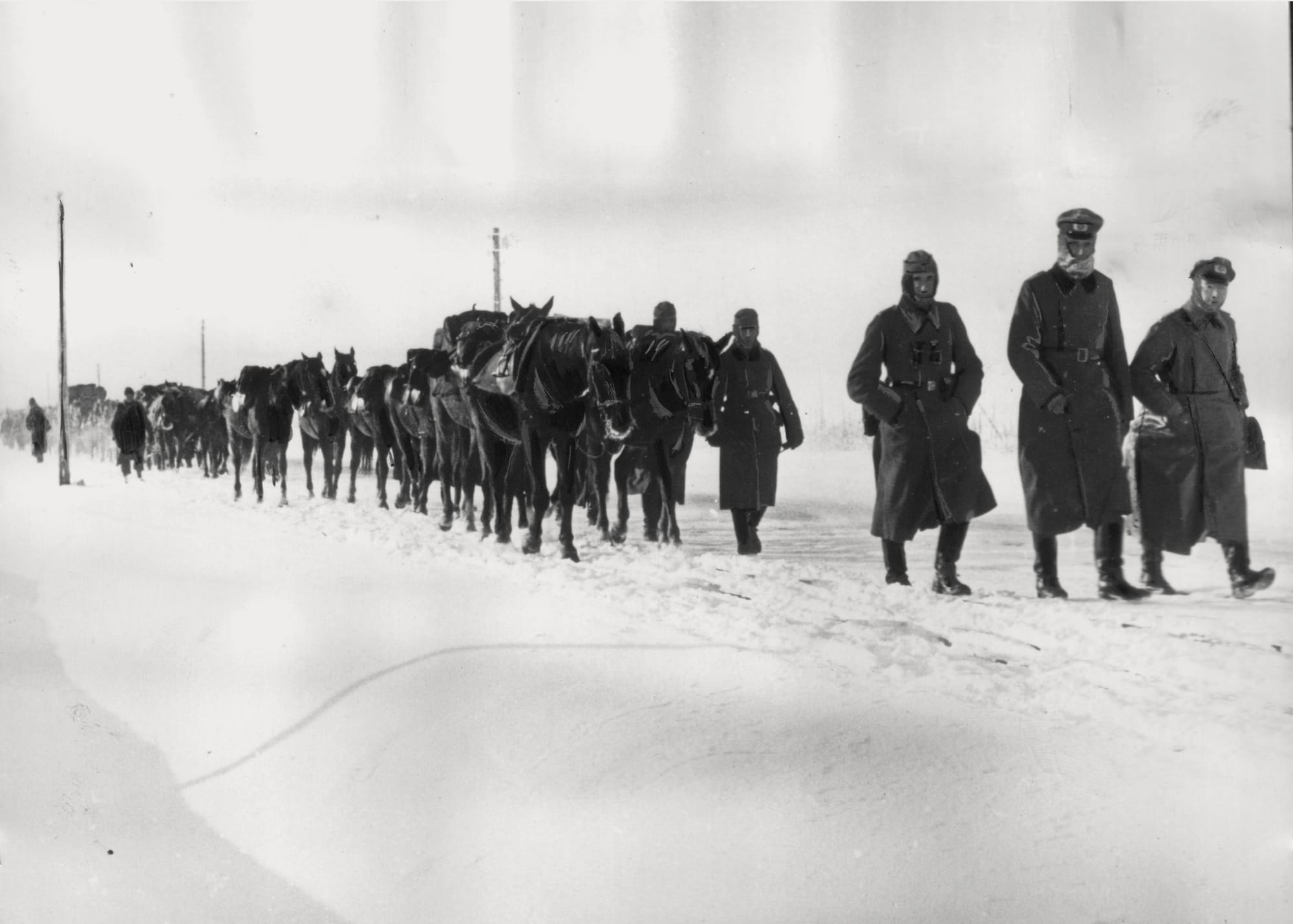

Unseen Histories
Was there a particular determination to defend it as it was the cradle of the 1917 revolution?
Prit Buttar
There was a clear recognition both in the Soviet Union and Germany of the symbolic importance of Leningrad. Its capture was intended by Hitler to strike a heavy blow against Soviet morale, while its ongoing survival became an emblem of Soviet resistance to Fascism.

Unseen Histories
Many military histories are engaging because they are dynamic. But in telling the story of a siege you are focussing on a largely static event. Was this a storytelling challenge?
Prit Buttar
From the ‘military history’ point of view, it was a harder task as there weren’t any of the sweeping advances and retreats of other sectors. But the static nature of much of the fighting brought out different characteristics in people – resilience, determination, stoicism – that make the story interesting in so many ways.
Andrei Zhdanov’s energy kept Leningrad alive during the bitter winter of 1941-2. He was also a controversial figure who had peaches flown in for his personal consumption ‘even when the rest of the city was slowly starving to death’.
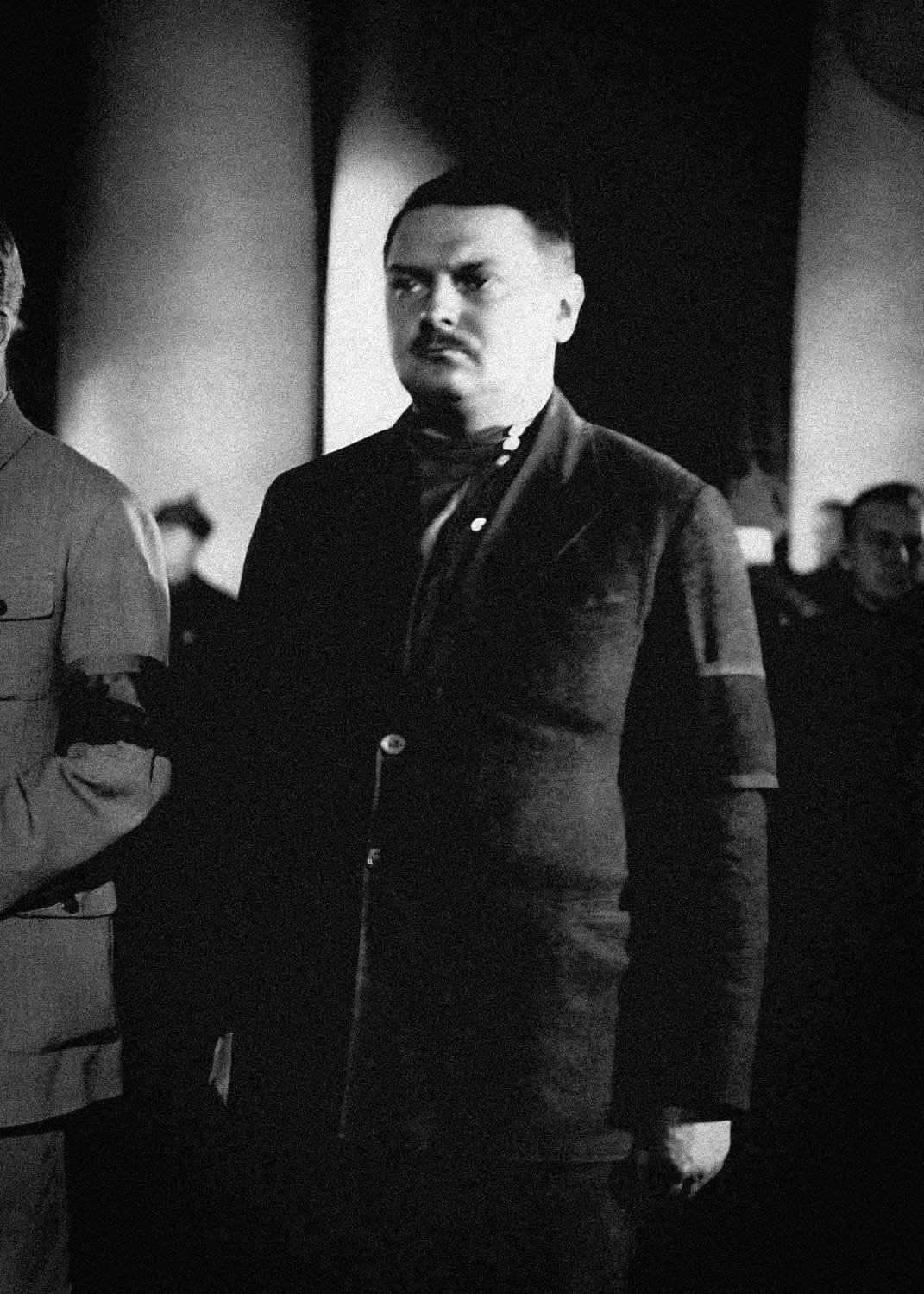

Unseen Histories
One of the central figures in your book is the Soviet politician Andrei Zhdanov. He seems to be a mixture of hero and villain. Can you tell us what he did in Leningrad?
Prit Buttar
He was the Communist Party head in Leningrad before and during the war and was a staunch Stalin loyalist. He ruthlessly repressed real and perceived opponents of the Party during the years of the purges, but his energetic efforts to keep the city alive during the first winter of the siege were vital. However, even in this context, his activity was controversial — he regularly had peaches flown into Leningrad during the first winter for his personal consumption, even when the rest of the city was slowly starving to death. After the war, he was regarded as a possible successor to Stalin, but died in 1948.

Unseen Histories
Can you tell us about any of the military figures on the German side?
Prit Buttar
[Wilhelm Ritter von] Leeb, the commander of Army Group North at the start of the war with the Soviet Union, was dismissed in early 1942. He was a Prussian aristocrat, but showed no reluctance to implement Nazi racial ideology and followed orders to besiege the city with the explicit intention of killing everyone trapped in it. His replacement, Georg von Küchler, also showed no reluctance to implement extreme and illegal activities. Sixteenth Army was commanded by Ernst Busch, who raised occasional doubts about military aspects of his orders but also believed that his duty was to obey instructions. The commander of Eighteenth Army, Georg Lindemann, was – like the others – a stolid and unimaginative commander, and was also unpopular with his subordinates; he sometimes attempted to pass blame for his own errors onto them.

Unseen Histories
Did you encounter any surprising new or unknown information during your research for this book?
Prit Buttar
There were many things I knew little about. The story of Shostakovich’s Leningrad Symphony; the heroic attempts of young mountaineers to haul tarpaulins over many prominent buildings to camouflage them; and the extraordinary football match after the first winter played by two teams still recovering from starvation. But whilst I knew about starvation during the siege, the details of the ordeal of the first winter still shocked me.

Unseen Histories
To Besiege a City is the first book in a two-volume history. Why did you make this decision to divide the story in two?
Prit Buttar
It’s such a big story. There was so much material, so many issues I wanted to cover, that it was impossible to massage it into a single book. Fortunately, the narrative provided a good opportunity for a dividing point at the end of 1942 𖡹

To Besiege a City: Leningrad 1941–42
Osprey, 14 September, 2023
RRP: £30 ISBN: 978-1472856555
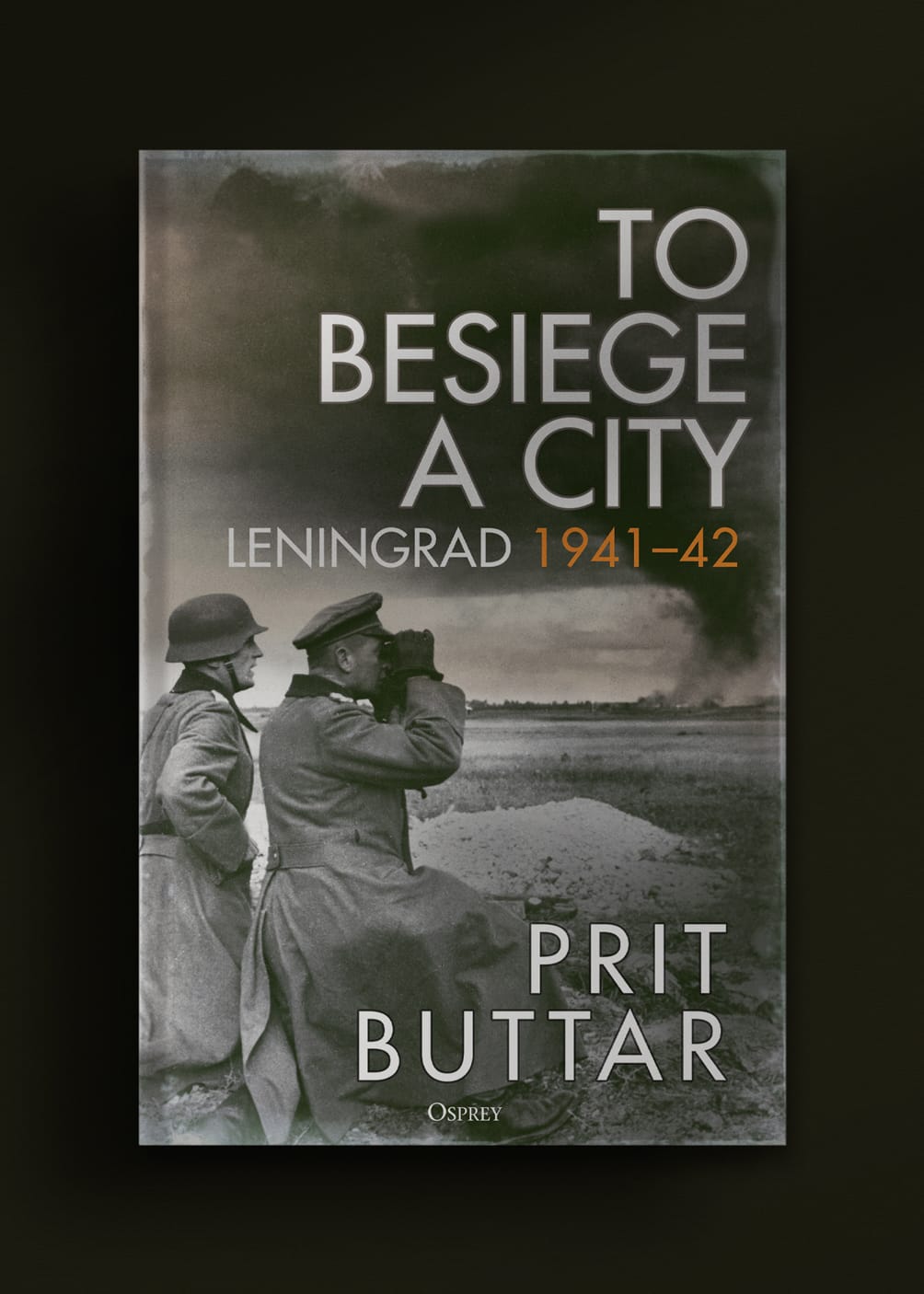
"[An] excellent account"
– The Telegraph
A ground-breaking history of one of the greatest ever sieges. Masterfully brought to life by a leading expert using original Russian and German source material.
This new history of the first two years of this crucial battle for the heart and soul of Russia is the first in over a decade and also the first to look comprehensively at the wider military strategies of both sides.
At a huge cost, the Red Army and the civilian population of Leningrad ultimately endured a bitter 900-day siege, struggling against constant bombing, shelling, and starvation. Throughout the siege, Soviet forces tried to break the German lines and restore contact with the garrison. To Besiege a City charts the first of these offensives which began in January 1942 and was followed by repeated assaults.
Acclaimed Eastern Front historian Prit Buttar details how although the Red Army suffered huge casualties in the swampy and forested terrain, the German infantry divisions were also steadily eroded. Indeed, by keeping control of parts of the shores of Lake Ladoga, the Soviet Union was able to sustain Leningrad through the winters of the siege via the 'road of life', constructed across the frozen lake. This epic history details the dramatic race to create the road across the ice and first-hand accounts from both Soviet and German soldiers, many never previously translated, bring the horrific series of battles and assaults to life.
Ultimately the determination of the defenders to hold out during this first phase of the siege and the desperate attempts to break it became a hugely significant part of Russian wartime history. The echoes of the battle persist to this day helping to define both a country and its politics. There is no better time to fully understand this history and To Besiege a City is the most comprehensive account to date.

With thanks to Elle Chilvers




